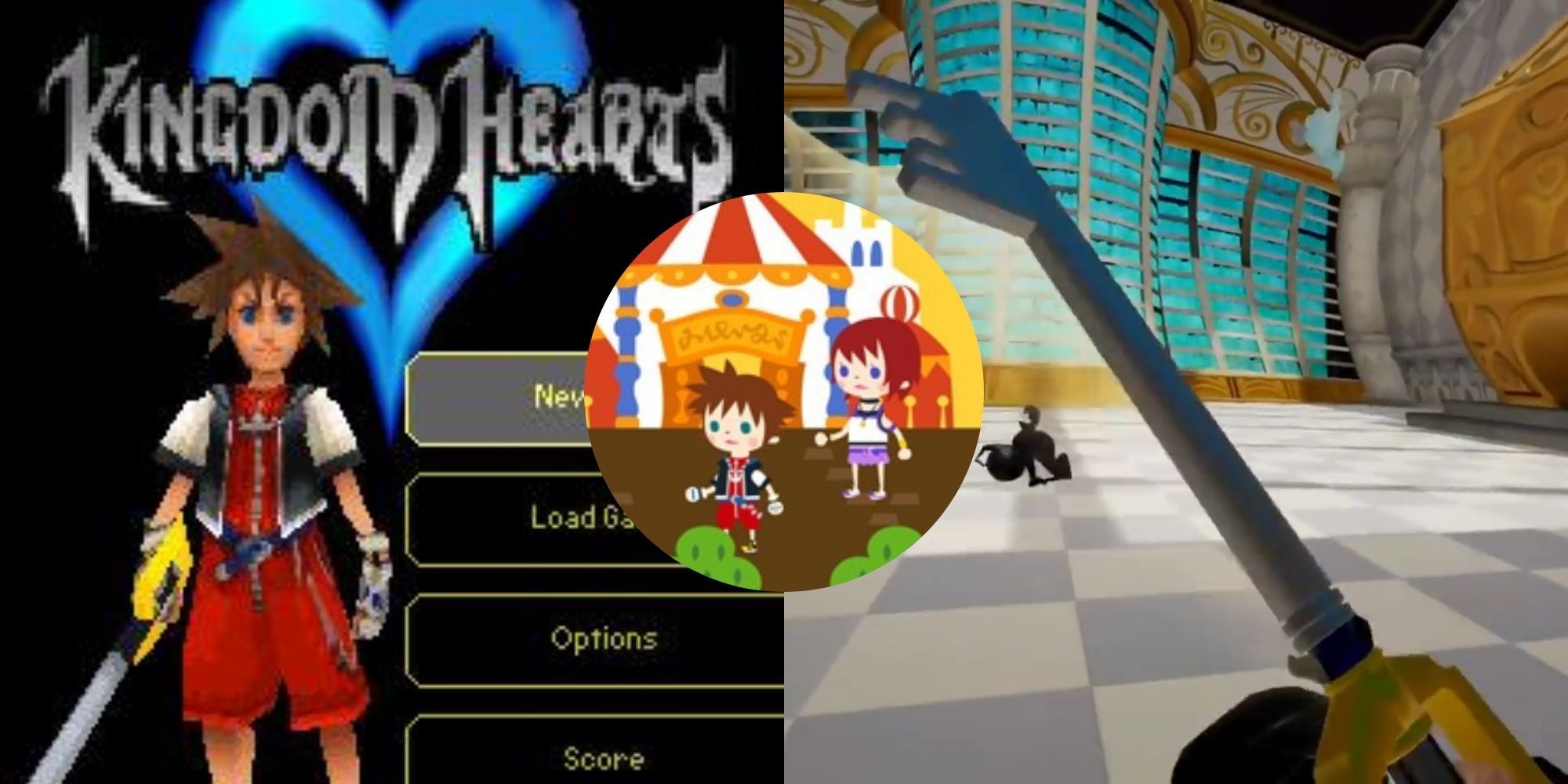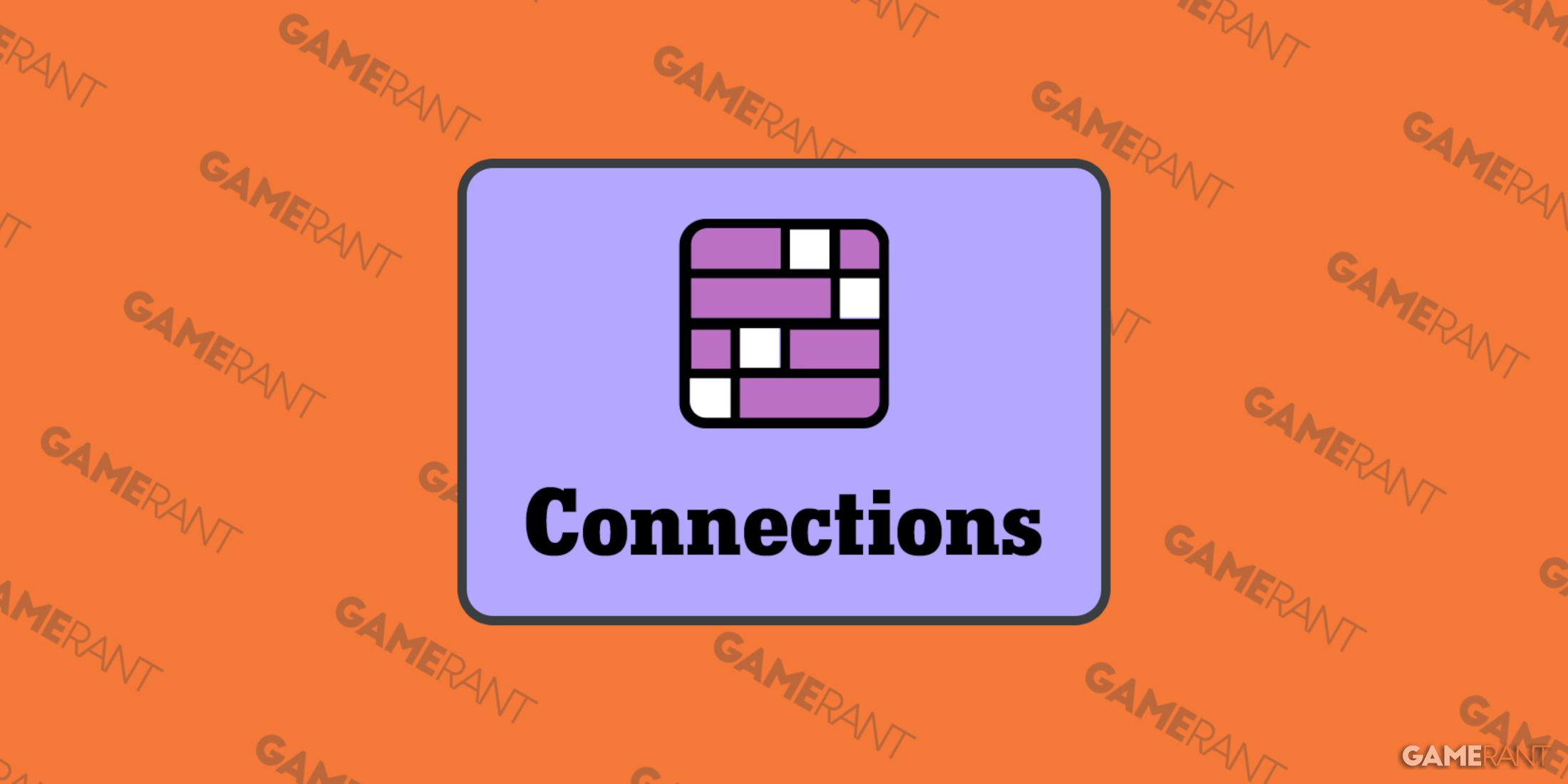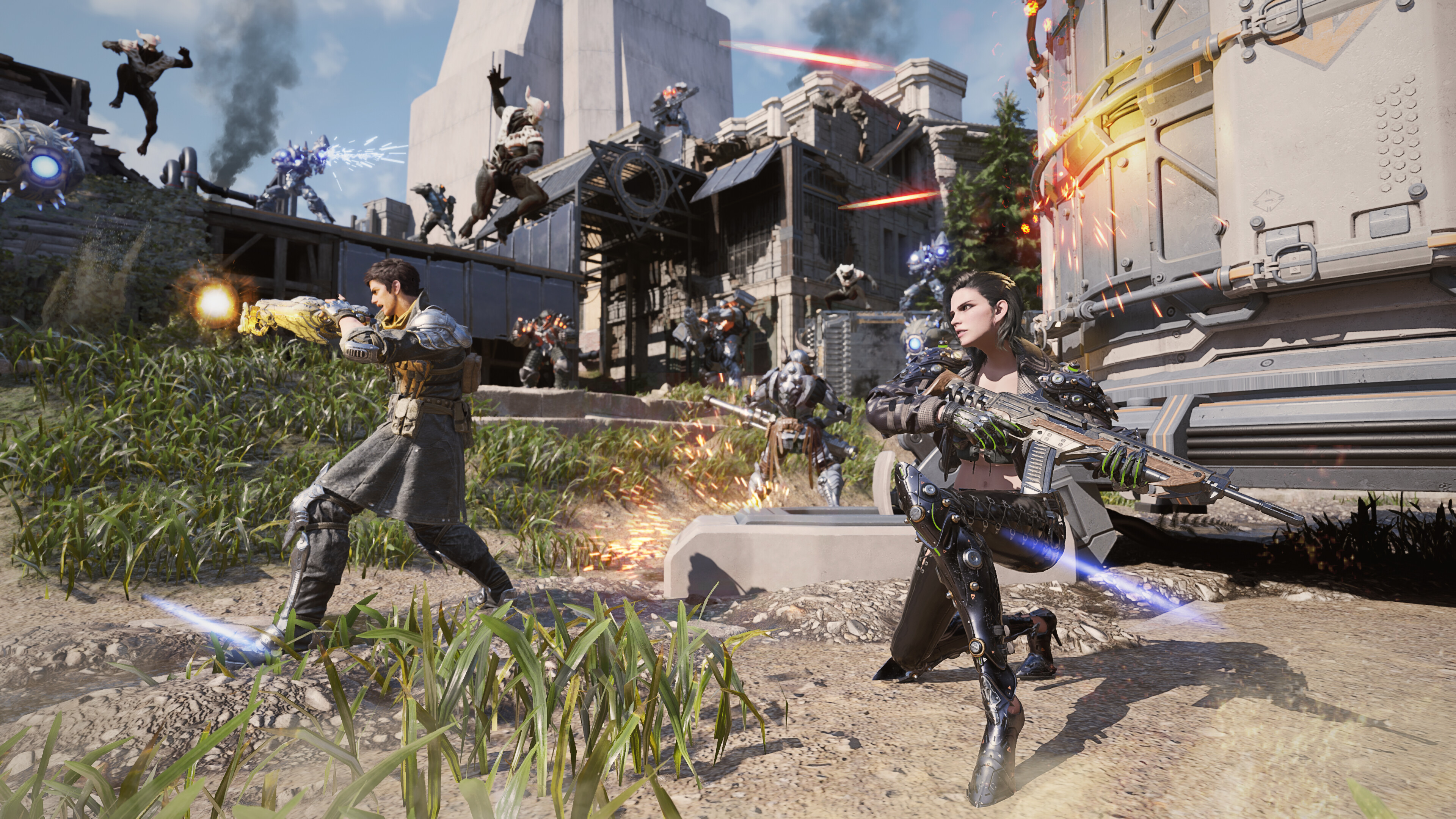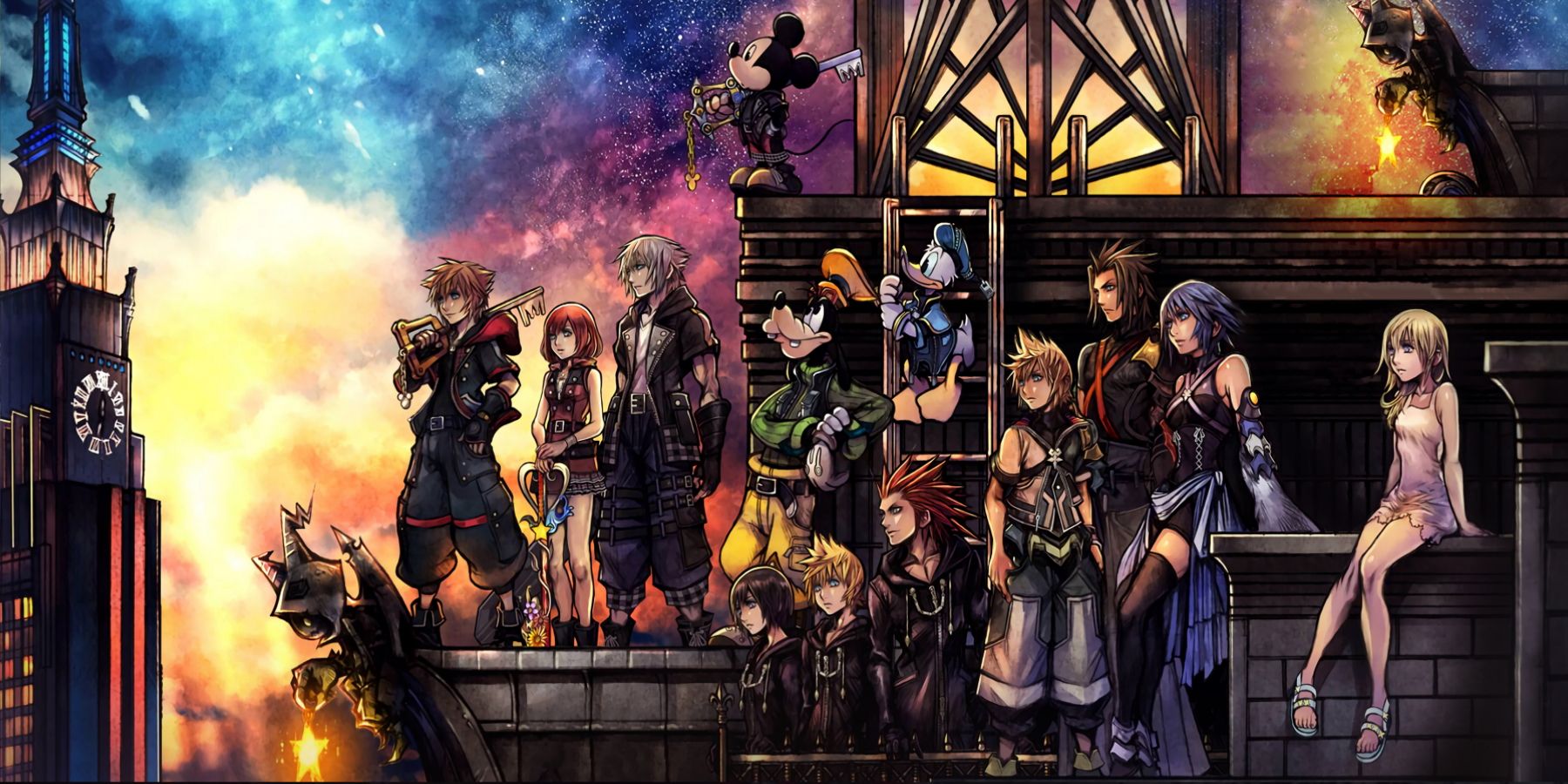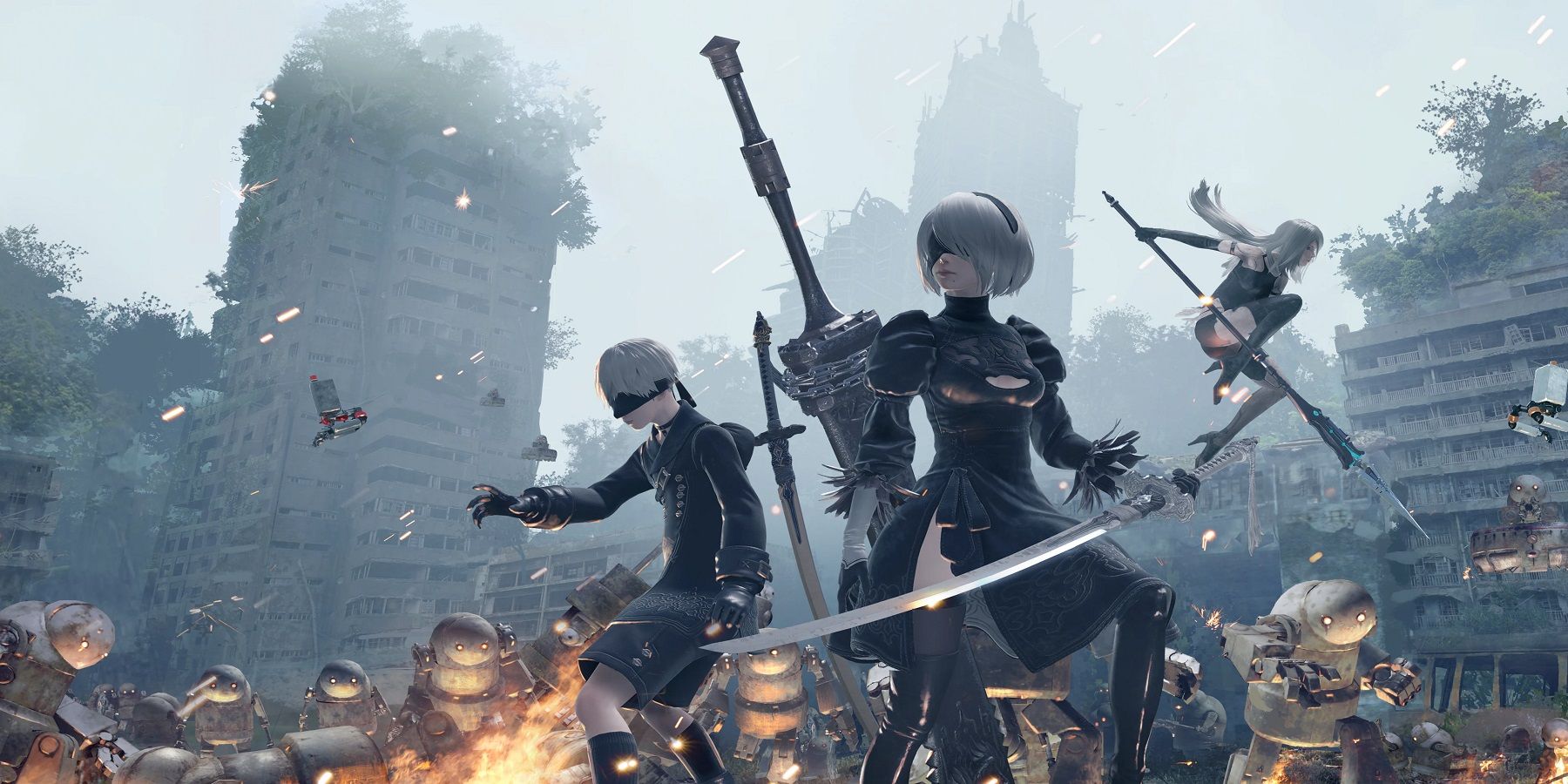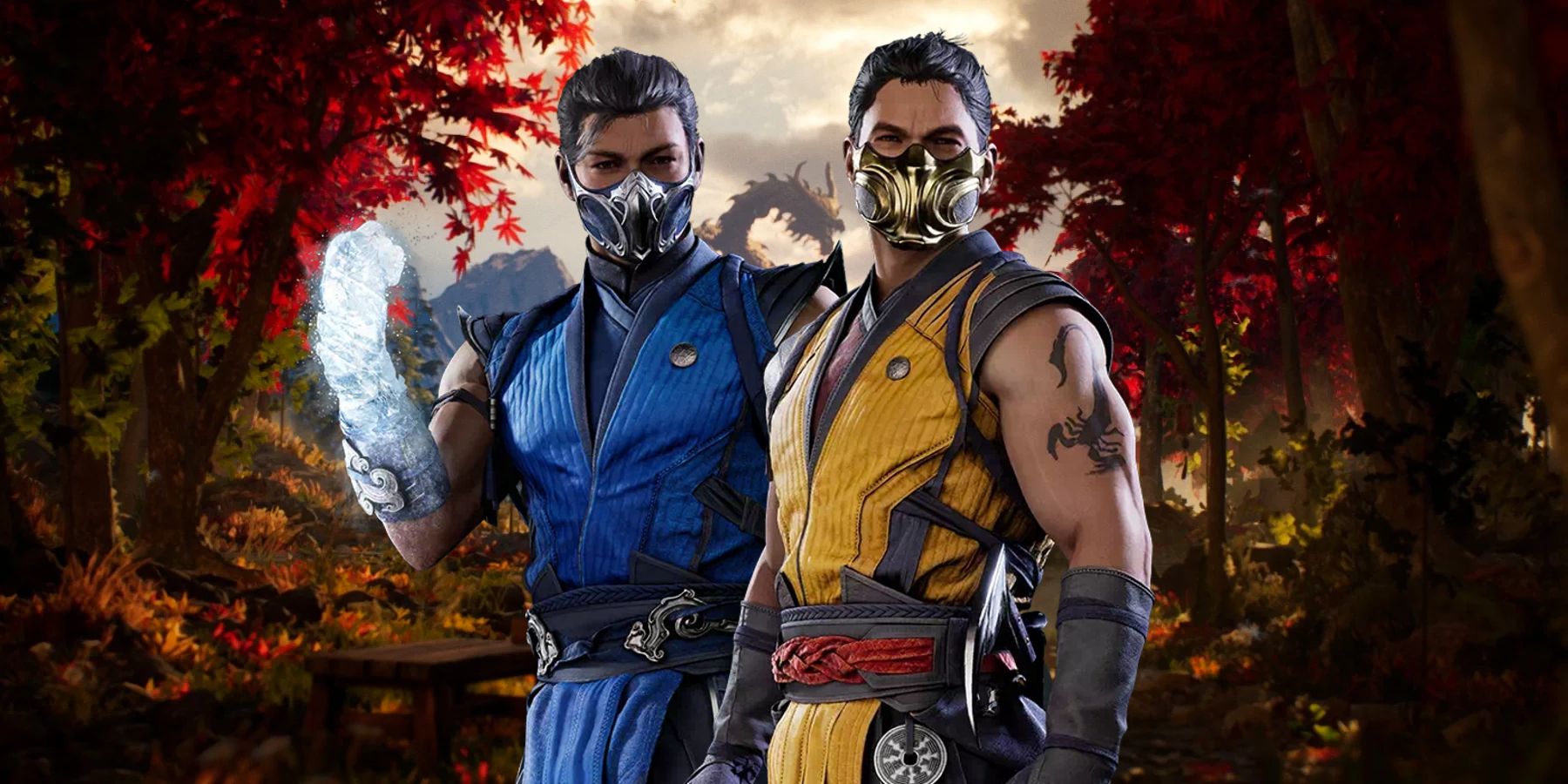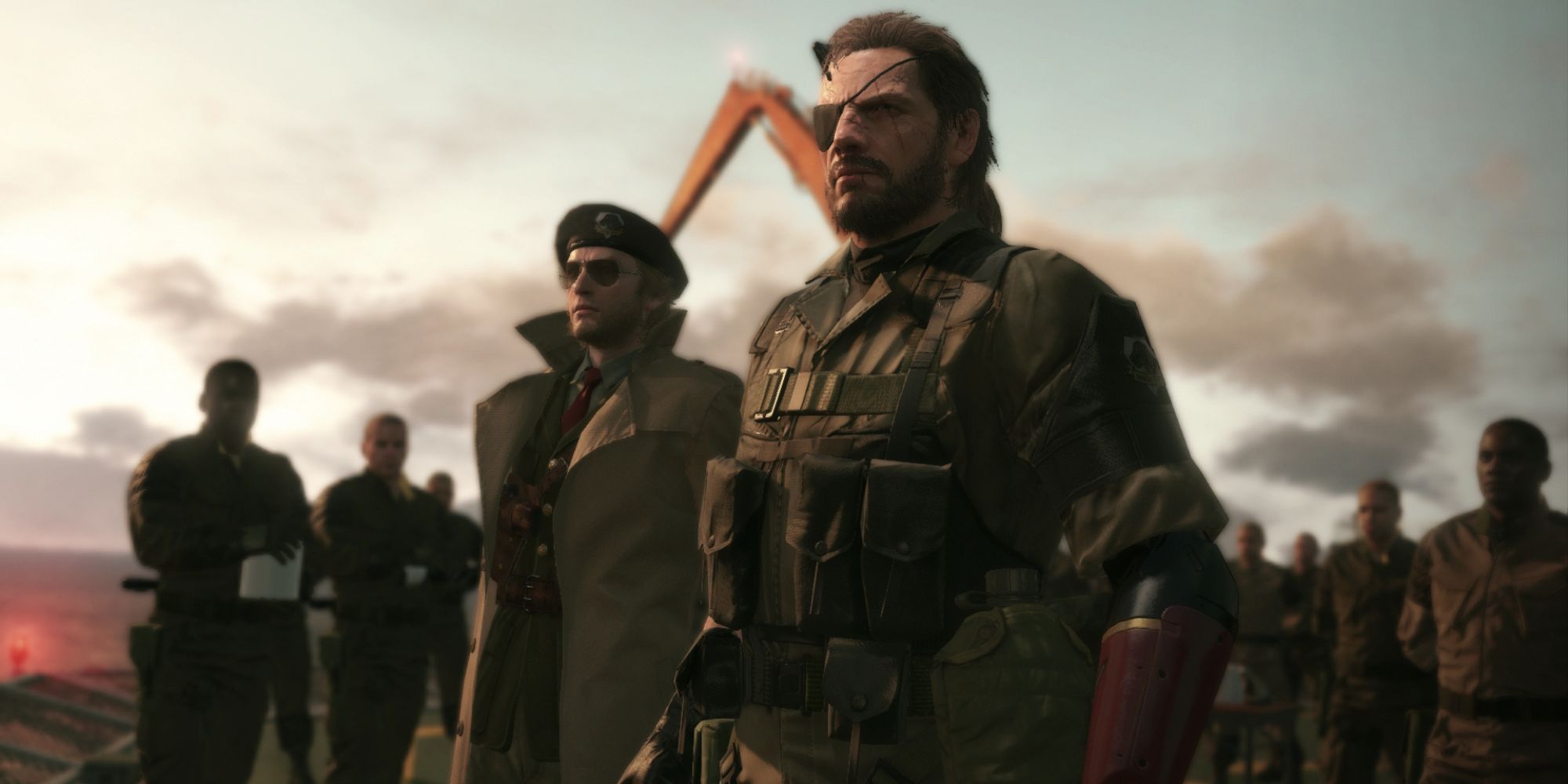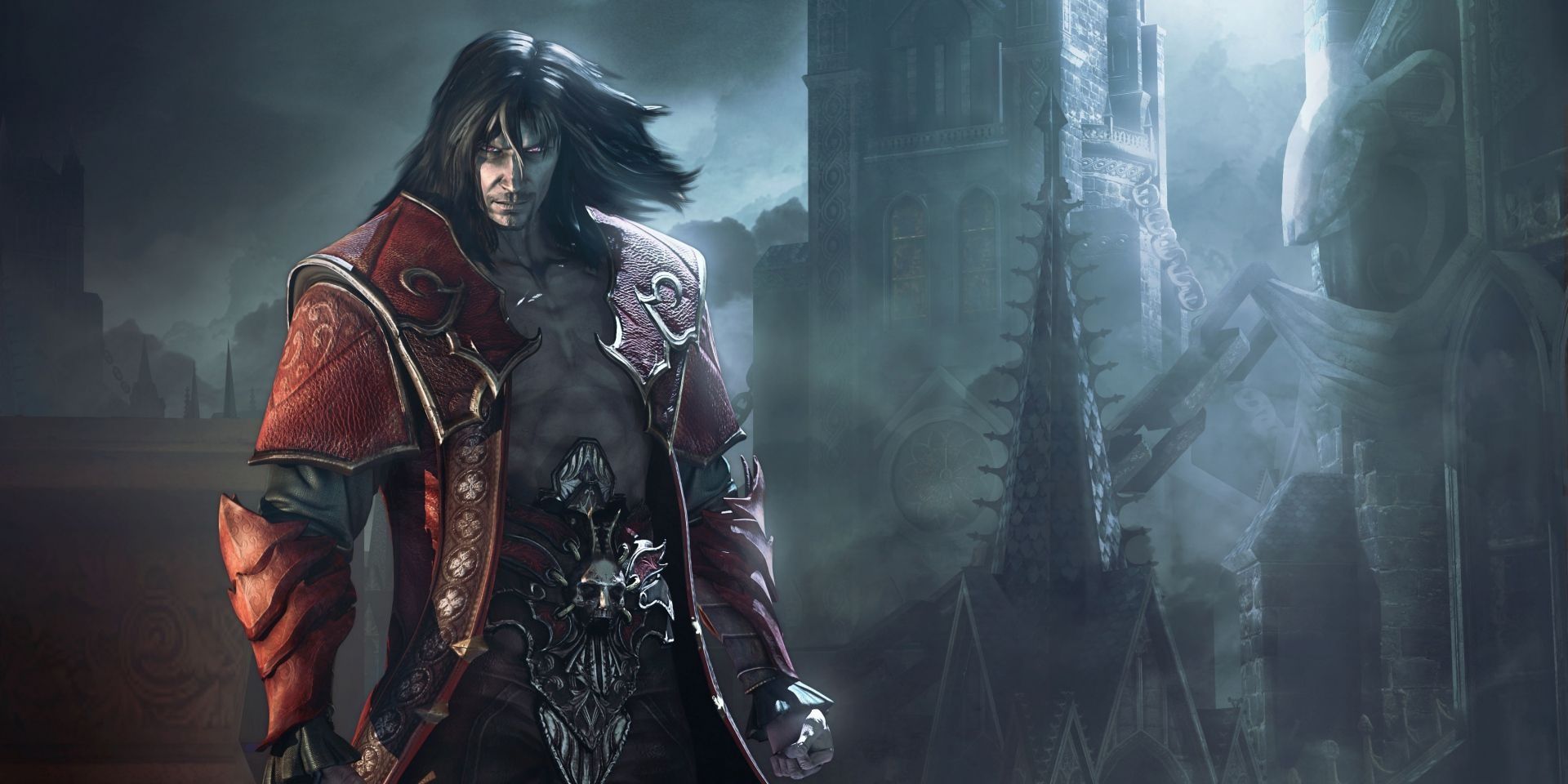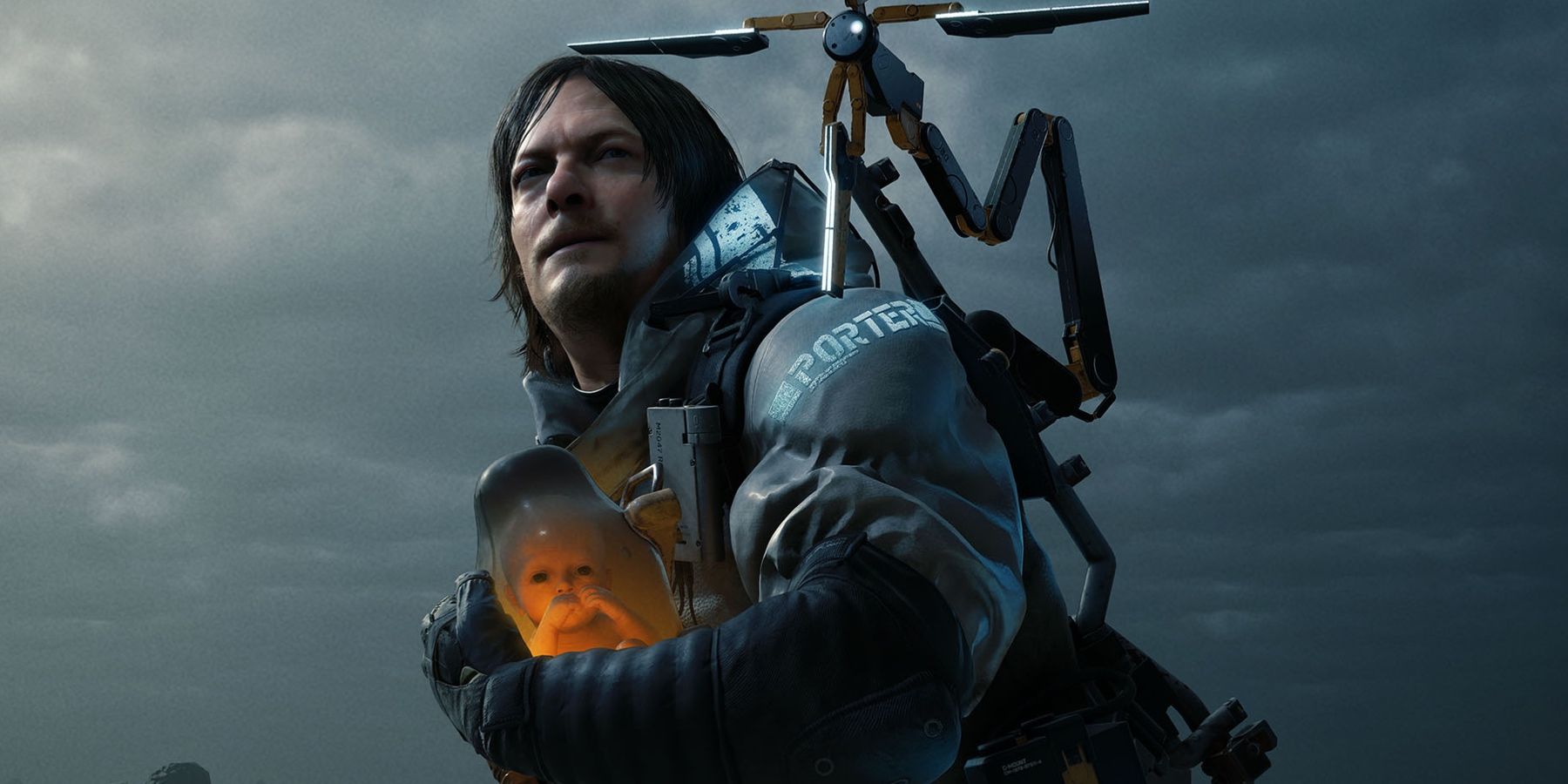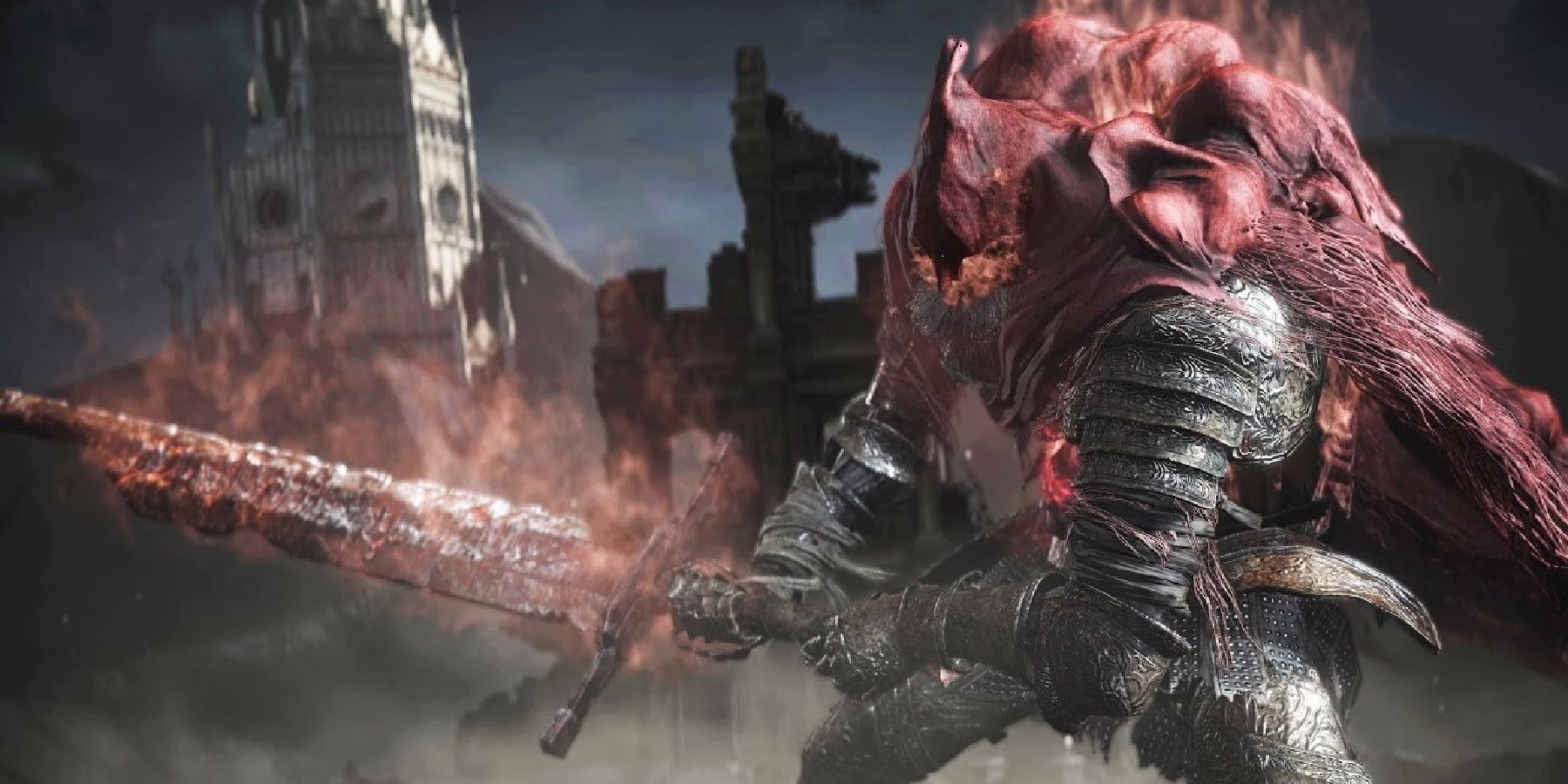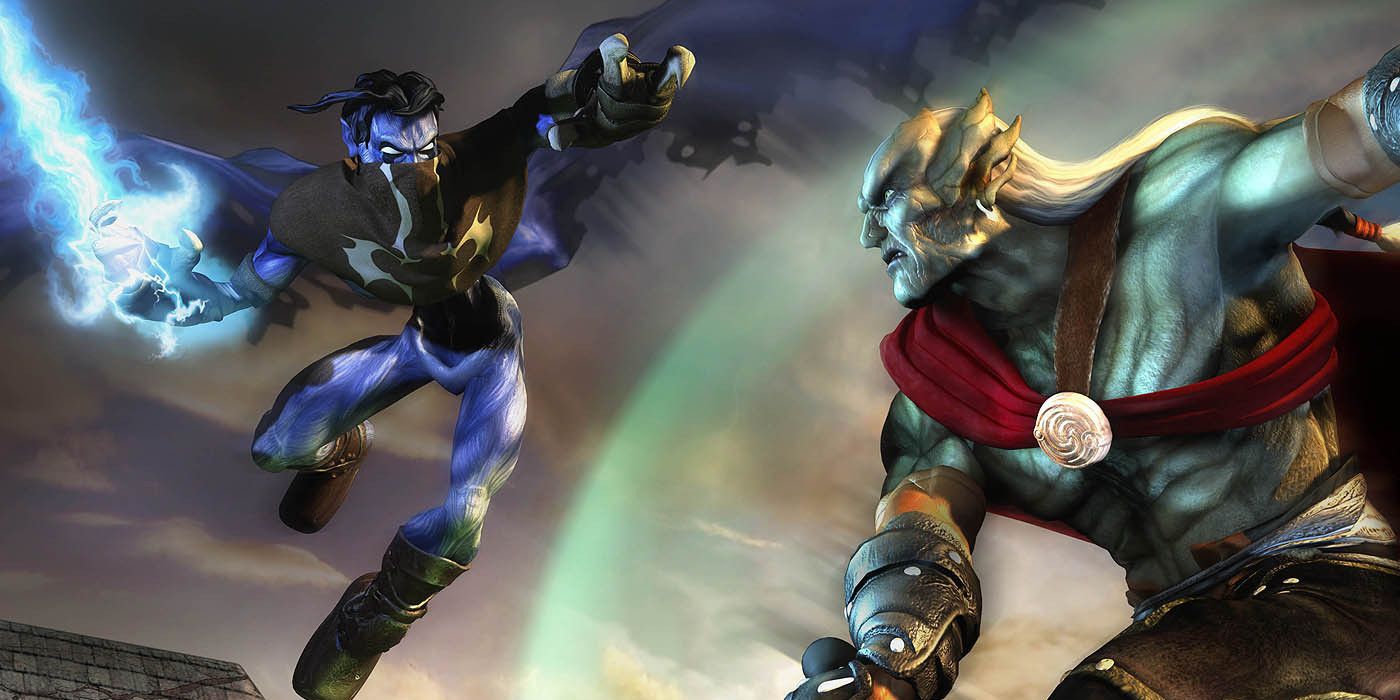Highlights
- Kingdom Hearts is not the only video game series with a convoluted and complex timeline, as other franchises like NieR/Drakengard, Mortal Kombat, Metal Gear Solid, Castlevania, Death Stranding, Dark Souls, and Legacy of Kain have similarly intricate narratives.
- These franchises often feature prequels, sequels, spin-offs, and alternate timelines that can make them difficult to approach for new players, but their deep and engaging storylines are worth the effort.
- Each franchise has its own unique way of expanding its timeline, whether it's through time travel, origin stories, branching timelines, or connecting different characters and events across different games.
Known for having one of the most convoluted plots in video game history, the Kingdom Hearts series has expanded on its surreal blend of Final Fantasy and Disney for over 20 years. While it began as a simple experiment in the first Kingdom Hearts, subsequent entries would explore what has grown to become an entire lexicon of original concepts and generation-crossing stories. Despite its prevalence, Kingdom Hearts is far from alone in its brand of elaborate chains of events.
The Kingdom Hearts timeline can take a lot of effort to piece together for players who weren’t around to see the games be revealed one at a time. Playing through them in the order of release can paint the clearest picture of Tetsuya Nomura’s vision for many. However, the winding tales of Heartless, Nobodies, and keyblades can still become confusing. Several other franchises exist in a similar space that can make them tough to approach, but their deep and engaging webs of narrative can make them more than worth the effort.
NieR/Drakengard
While many gamers are likely familiar with 2017’s successful NieR: Automata, the greater NieR franchise went on a strange path before it reached the far future of machines. In truth, series creator Yoko Taro’s vision stretches all the way back to 2003’s Drakengard, a fantasy action RPG that featured an alternate ending involving traveling through time into present-day Tokyo via the power of the game’s otherworldly final boss. Drakengard 3 would later delve into the origins of that scenario, while Drakengard 2 is a confusingly unrelated detour. The original NieR would serve as a continuation of Drakengard’s E ending, thus making Automata’s events technically a branch of that first game’s timeline.
Mortal Kombat
Even casual fans of Mortal Kombat have likely come to know of its convoluted timeline by now, as Mortal Kombat 1 has marked yet another major shift in the series chronology. The original games of the arcade and PS2 eras were all part of one coherent overarching story, but that all came to an end after the fittingly named Armageddon. Ignoring its foray into the DC Universe that followed, NetherRealm would go on to make the 2011 reboot simultaneously function as a time-traveling sequel. The next entry, Mortal Kombat X, progressed the narrative with a time skip that introduced a new generation of fighters before MK11 ultimately reset everything again. MK1 now focuses on a brand-new timeline led by Liu Kang, but how long it will even exist remains to be seen.
Metal Gear Solid
Beginning with the relatively straightforward but still confusing first entry focused on Solid Snake in the “future” of 2005, Hideo Kojima’s Metal Gear Solid series would grow into one of the most complex stories in gaming. Metal Gear Solid 2 was a subversive but logical continuation of a sequel, but MGS3’s status as a prequel and origin story set back in 1964 would forever shake up the franchise. As the fourth and fifth mainline entries have taken place in the future and past respectively, the spin-offs and side ventures released along the way have all had to place themselves somewhere within Metal Gear’s tapestry of fictional geopolitical conflicts, characters with similar names, and extended metaphors.
Castlevania
The more recent Lords of Shadow reboot timeline may be quite simple to comprehend, but Castlevania as a whole features one of the most complex overarching narratives in the history of the medium. Beginning with the original game set in 1691 and released back in 1986, Castlevania has explored no shortage of detours and experiments ever since. The original sequel Simon’s Quest was a straight continuation, but Dracula’s Curse went back centuries as a prequel.
Rondo of Blood and the prolific Symphony of the Night later defined the series, but they are ultimately later entries in the timeline after the release of even more prequels like Lament of Innocence. Bloodlines brought the series into the 20th century before Aria of Sorrow would eventually make the full leap into a new saga in the future of 2035, leaving the franchise rather open-ended in terms of a starting point for new players.
Death Stranding
Another creation of Hideo Kojima, Death Stranding bears the unique distinction of having formed a complex timeline within the story of just one game. Implied to be set in the post-apocalyptic future of 2050, the game’s distorted world sees Sam Porter Bridges uncovering the truth of his past and the Death Stranding event. With a deadly form of age-inducing precipitation known as Timefall that has brought destruction to the world alongside antimatter entities known as Beached Things, the depth of Death Stranding’s timeline comes in the form of the secretive past that has led up to this scenario.
Dark Souls
Beginning as the standalone spiritual successor to Demon’s Souls, the first Dark Souls came with an expansive lore that formed a storied timeline all on its own. With so much having taken place in the tale of Gwyn before the player ever steps foot into Lordran, piecing together the events of the past has remained a fascination of many players for years since. With Dark Souls 2’s departure into Drangleic and the third game’s commitment to building on the past with Lothric, however, the Dark Souls franchise has come to feature an expanded timeline largely held together by speculation and theories. Potentially spanning millennia and kingdoms alike, FromSoftware crafted the intricate lore of Souls years before making Elden Ring.
Legacy of Kain
Largely underrated in the modern era, Legacy of Kain’s world of Nosgoth set itself apart through its epic story of branching timelines and revenge. Blood Omen introduced the world and Kain, a vampire who would grow to rule over a dark future after being turned and seeking revenge. Soul Reaver would then switch to the perspective of Raziel, a lieutenant betrayed by Kain who would come to seek revenge of his own.
In Soul Reaver 2, however, Raziel would chase Kain into the past and create branching timelines while uncovering the truth about the vampire race. One of these timelines would be the setting for Blood Omen 2, a prequel that expanded on the struggles of Kain’s rise to power. Defiance would serve as the final entry, uniting the two vampires as shared protagonists in a game once again involving time travel and multiple versions of characters in the same story.

